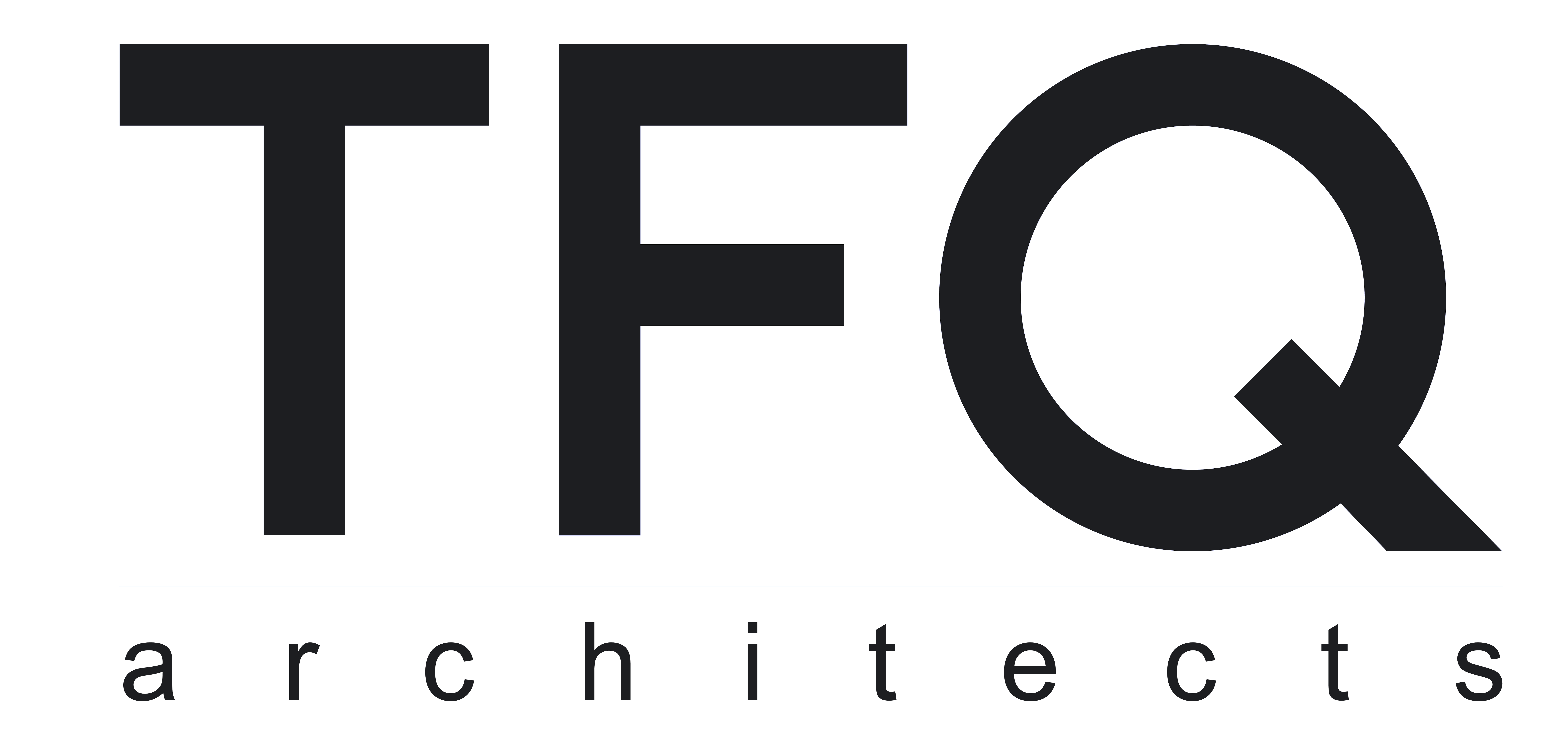The Green Roof Guide
- TFQ Architects
- Sep 20, 2023
- 4 min read
What started out as a bit of a trend has now become a very practical method in helping our buildings to become part of their surroundings, minimising their impact on the environment and also improving their carbon footprint.
We have written a bit of a deep dive into Green Roofs, covering some topics like types of plants, technical considerations, and design choices.
What is a green roof?
The term green roof refers to the type of construction which includes natural growing material on a roof surface. They can come in various shapes, sizes and styles.

Why would you consider it for your own project?
Green roofs offer a variety of environmental and economic benefits. Here are some of the key advantages:

1. Improved Air Quality: Vegetation on green roofs can capture airborne pollutants and filter particulate matter from the air. This leads to better air quality in urban areas and can help reduce respiratory problems.
2. Noise Reduction: Green roofs can act as sound barriers, absorbing and blocking noise from the surrounding environment. This can be especially beneficial in densely populated urban areas. 3. Carbon Sequestration: Green roofs capture carbon dioxide (CO2) from the atmosphere, helping to mitigate climate change by reducing greenhouse gas emissions. As a bonus, they also contribute to reducing energy losses from the building through the roof.
While green roofs offer numerous benefits, they also come with challenges, including installation and maintenance costs. However, when considering the long-term advantages and the positive impact on the environment and urban living, many individuals, businesses, and cities are increasingly investing in green roof technology.
Things to consider when designing your green roof
Designing green roofs involves several technical considerations and design choices to ensure their functionality and sustainability. This is where TFQ can help alongside specialist green roof suppliers.

1. Structural Integrity:
Ensure that the building's structure can support the additional weight of the green roof, including soil, plants, and water.
Consult with a structural engineer to assess load-bearing capacity and make any necessary reinforcements.
2. Waterproofing and Drainage:
Proper waterproofing is critical to prevent water leakage into the building.
Incorporate drainage layers, such as gravel or specialized drainage mats, to manage excess water and prevent ponding.
Design an efficient drainage system that directs excess water away from the roof.
3. Plant Selection:
Select plants that are well-suited to the local climate, considering factors like temperature, rainfall, and sunlight.
Choose plants with shallow root systems that are adaptable to the shallow soil depth typically found in green roofs.
Include a mix of native and drought-resistant species to promote biodiversity and reduce maintenance.
4. Access and Safety:
Design safe access points for maintenance personnel and install safety features like guardrails or barriers to prevent accidents.
Ensure that any equipment required for maintenance, such as irrigation systems or pathways, is easily accessible.
5. Energy Efficiency:
Green roofs can provide insulation, reducing heating and cooling costs. Design the roof to maximize energy efficiency.
Consider the type and thickness of insulation materials beneath the green roof to optimize thermal performance.
6. Biodiversity and Habitat Enhancement:
Incorporate features like birdhouses, insect-friendly plants, or nesting materials to promote biodiversity and create a habitat for wildlife.
Design the green roof to mimic natural ecosystems, which can attract various beneficial insects.
Designing a green roof involves a combination of technical expertise, environmental considerations, and aesthetic choices. Careful planning and implementation are essential to create a green roof that not only enhances the building's sustainability but also provides lasting benefits to the environment and the community.
Types of Green roofs
There is a variety of types of green roofs. Each has its own benefits and downfalls.
1. Extensive Green Roofs: These are lightweight and low-maintenance green roofs designed for simple plantings, typically consisting of drought-tolerant and low-growing vegetation such as succulents, sedums, and mosses. They require minimal irrigation and are often used for environmental benefits like stormwater management and energy efficiency.
2. Semi-Intensive Green Roofs: Semi-intensive green roofs are a middle ground between extensive and intensive roofs. They support a broader range of plant species, including grasses, perennials, and small shrubs. These roofs require more maintenance and may include features like irrigation systems and walkways for access.
3. Intensive Green Roofs: Intensive green roofs are more like traditional gardens, supporting a wide variety of plants, including trees, large shrubs, and even vegetable gardens. They require more maintenance and structural support due to the added weight of the soil and vegetation. Intensive green roofs can be used as recreational spaces or even for agricultural purposes.
4. Biodiverse or Wildlife Green Roofs: These green roofs are specifically designed to support local biodiversity, including native plants and wildlife. They provide habitat for insects, birds, and other animals and are often used in conservation efforts to support urban wildlife.
5. Urban Agriculture Green Roofs: These green roofs are used for food production and can include vegetable gardens, fruit trees, and herbs. They can contribute to local food production and improve urban food security.
6. Modular Green Roofs: Modular green roofs consist of pre-planted trays or modules that can be easily installed and replaced. They are a more flexible option and can be adapted to different roof shapes and sizes.
7. Hydroponic Green Roofs: In hydroponic green roofs, plants are grown without soil. Instead, they are planted in a nutrient-rich solution, often on trays or in containers. This approach can be more water-efficient and is suitable for locations with limited soil depth or quality.
8. Solar Green Roofs: These combine green roofing with photovoltaic (solar) panels. The vegetation provides insulation and cooling benefits, while the solar panels generate electricity. This integration maximizes energy efficiency and environmental benefits.

9. Blue-Green Roofs: Blue-green roofs incorporate both green and blue (water storage) elements to manage stormwater effectively. They store and attenuate rainwater for later use, reducing the burden on stormwater systems and providing irrigation for the vegetation.
The choice of green roof type depends on factors such as the building's structure, location, budget, and intended purpose. Each type has its advantages and considerations, and it's essential to work with experts in green roof design and installation to select the most suitable option for a specific project.
If you are looking to achieve your dream home but are unsure if Green roof would be best suited to your project, then why not get in touch to discuss what TFQ can do for you to maximise the potential of what you're hoping to achieve!


















Comentários